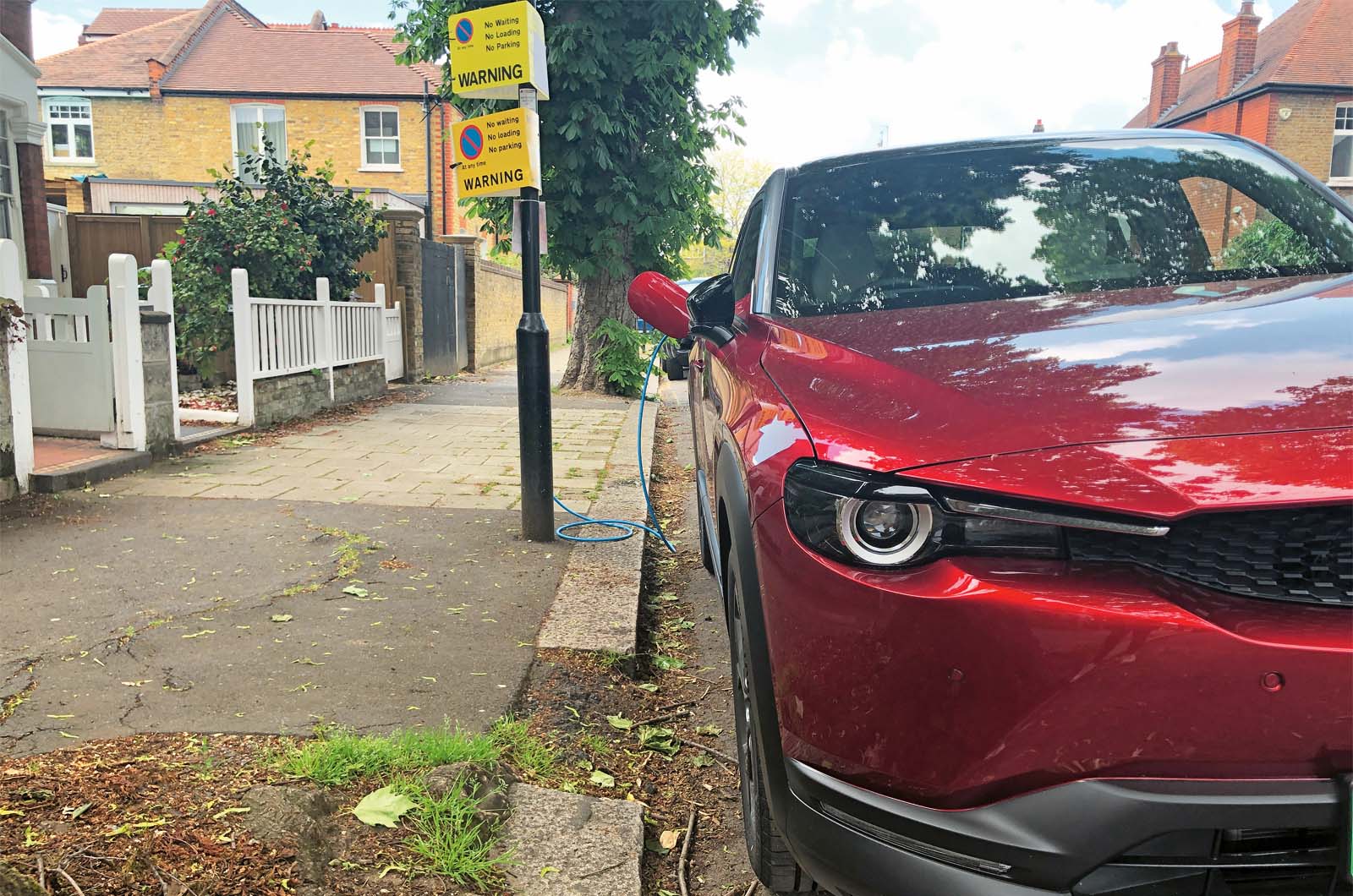To finance more, councils can apply for a share of the UK government’s £350 million Local Electric Vehicle Infrastructure (Levi) Fund.
“Levi is a game-changer,” said Joe Michaels, CEO of Joju, a public charger installation and maintenance company. “The government is keen to increase the number of public chargers and lamp-post charging is an easy win. We’re feeling very positive about the future.”
Also helping to drive council uptake is that new-generation LED street lamps use less energy than the old bulb types, which means more is available for EV charging.
Michaels insists most lamp-post chargers are reliable. He said: “Water getting into the Chiswick posts was probably the result of poorly made posts or a poor installation.”
More recently, UK Power Networks, the power distributor for thousands of street lamps across London and the south, gave the green-light for more chargers to be installed, even on older lampposts.
Its report, conducted with Shell ubitricity, came after local authorities were ordered to stop installing chargers on older lampposts with legacy wiring due to safety concerns. The report concludes, however, that there are no safety concerns, and has told all 133 authorities – which own and operate the lampposts – within its network to continue with their planned roll outs.
Challenges still remain, however. The AA has reported that despite a recent price fall to around 59p per kWh, peak-time energy tariffs for kerbside charging can make running an EV more expensive than an equivalent ICE car. As such, it has asked the government to cut VAT on tariffs.
In 2022, Ubitricity introduced smart charging, which allows residents to schedule their charging session to start during the company’s off-peak overnight tariff.
As Chiswick’s residents have pointed out, lamp-post chargers and their dedicated parking bays often go unused and empty too – but this is of course a classic chicken-or- egg scenario.

